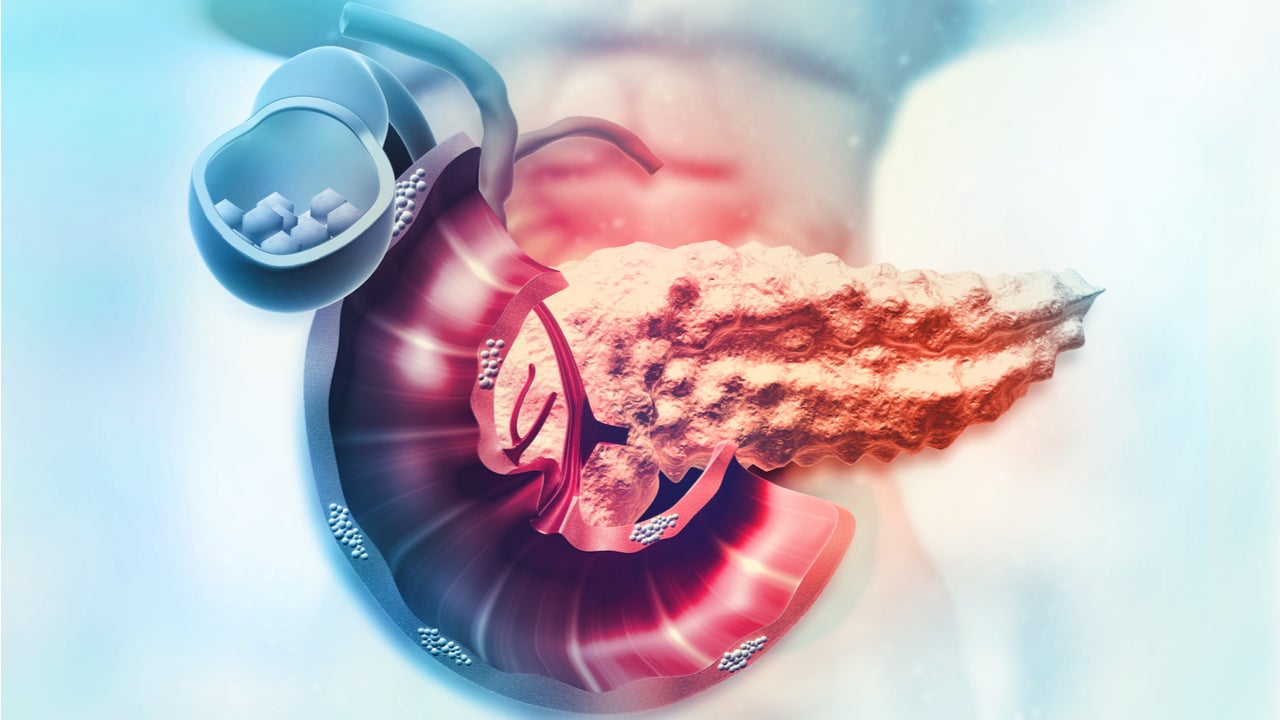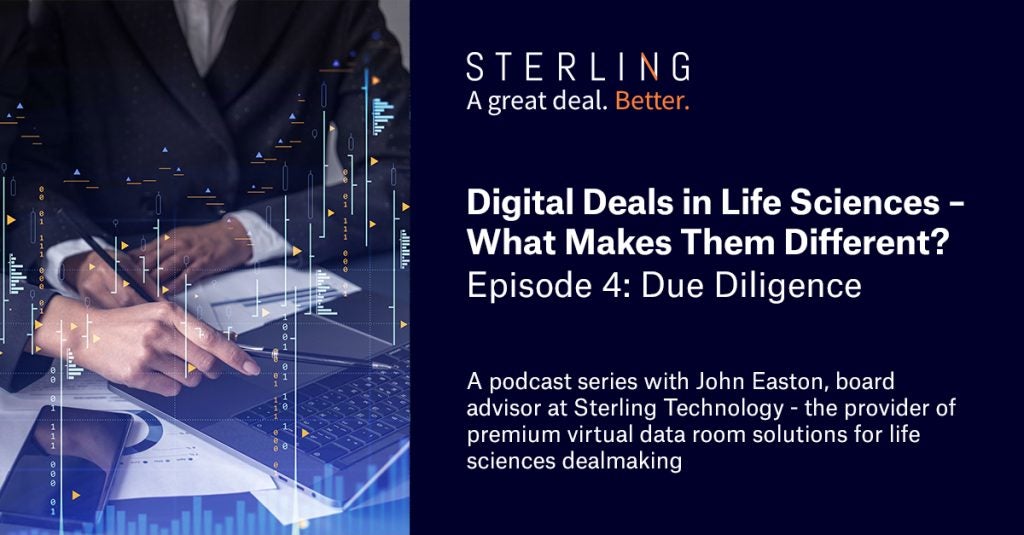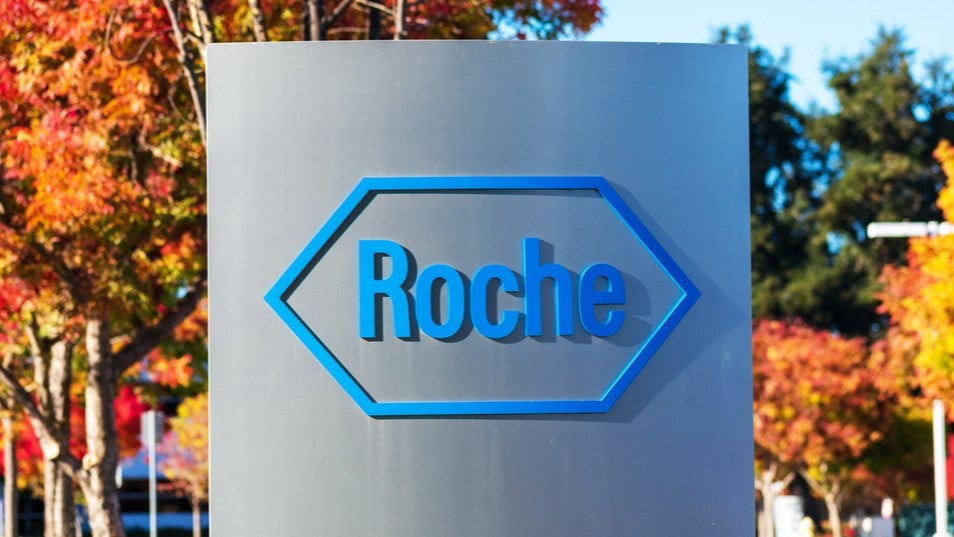
A multidisciplinary consortium of European academic centres and companies has formed to develop a living model of the pancreas to enable better testing of diabetes medication.
The ENLIGHT project, which has been awarded €3.6m by the European Innovation Fund, is led by UMC Utrecht and consists of Ecole Polytechnique Federale de Lausanne (EPFL), ETH Zürich, the University of Naples Federico II, AstraZeneca, Rousselot Biomedical, Readily 3D and Fondazione Giannino Bassetti.
Readily3D’s newly-developed bioprinter will be used to shape the 3D-printed model, leveraging tomographic printing to produce centimetre-scale structures of the pancreas.
The prints will be done at UMC Utrecht and EPFL, two institutions that jointly pioneered the use of volumetric printing for biofabrication in 2019, using specialised stem cells developed by ETH Zürich and the University of Naples.
Darling Ingredients subsidiary Rousselot Biomedical will create an ultra-fast, visible light-induced, cross-linkable extracellular matrix (ECM) similar to hydrogel, mimicking the pancreas structure using X-Pure biomedical gelatin.
Rousselot scientific support manager Jos Olijve said: “The topo- and geometrical cues and composition provided by the ECM together with morphogens and biochemical signals are important determinants of cell fate in vitro and in vivo. With other words, the design and purity of the ECM-like structure is a crucial part of the ENLIGHT project.”
How well do you really know your competitors?
Access the most comprehensive Company Profiles on the market, powered by GlobalData. Save hours of research. Gain competitive edge.

Thank you!
Your download email will arrive shortly
Not ready to buy yet? Download a free sample
We are confident about the unique quality of our Company Profiles. However, we want you to make the most beneficial decision for your business, so we offer a free sample that you can download by submitting the below form
By GlobalDataThe ENLIGHT researchers initially want to use Readily3D’s bioprinter to reproduce human body parts, including living cells, at seed.
Where conventional 3D printers can take several hours to print centimetre-scale structures, volumetric bioprinters can do this within a minute. This is important because the survival rate of the cells decreases as printing takes longer.
Once the bioprinter has created a living 3D model of human tissue, the second step will be to add the signalling molecules that tell cells how to behave based on external stimulation, to make the organ function.
Using tissue from a 3D bioprinter could eliminate the need for animal testing and accelerate the pace of drug discovery for pharmaceutical companies.
The burden could also be reduced for individual patients with long-term illnesses, as they would no longer need to experiment with multiple drugs to see which worked best for them, but could have the process trialled on a 3D model instead.
The project aims to create a living model of the pancreas, including hormonal functions, within four years.
ENLIGHT coordinator and UMC Utrecht biofabrification researcher professor Riccardo Levato said: “With cells from a patient, practitioners can recreate the diseased tissue. Subsequently, a laboratory test can be performed to determine which candidate medication has the greatest effect. This spares patients a long search with unpleasant side effects, saves on treatment costs, and leads to the best available care for individual patients.”
Besides asthma, diabetes is the most common chronic disease in children, making it a clear candidate for this kind of research.
In the longer term, the ENLIGHT project has the potential to create innovative solutions to address the shortage of donor organs for transplantation and regenerative medicine.
It’s hard to say how soon organ printing could become a reality, but many manufacturing experts believe the process could become feasible in the coming years.
The 2021 Additive Manufacturing Strategies summit recently laid out a future pathway the technology could take, with leading expert in biomedical engineering and creator of the promising Freeform Reversible Embedding of Suspended Hydrogels (FRESH) technique, Adam Feinberg, saying that “we could have a bioprinted heart in an animal in 12 years”.







